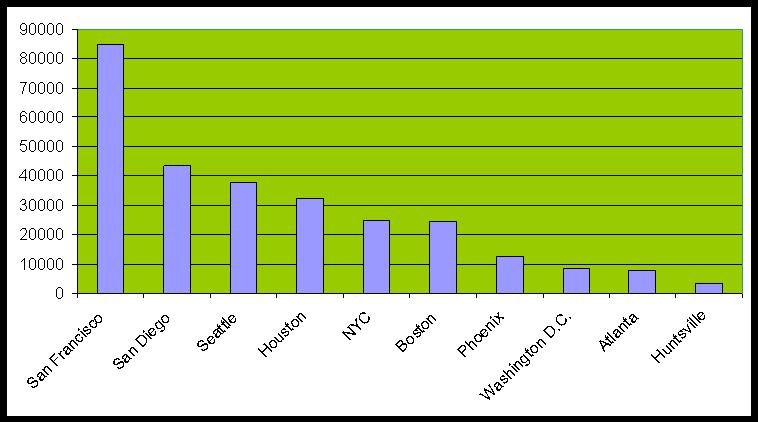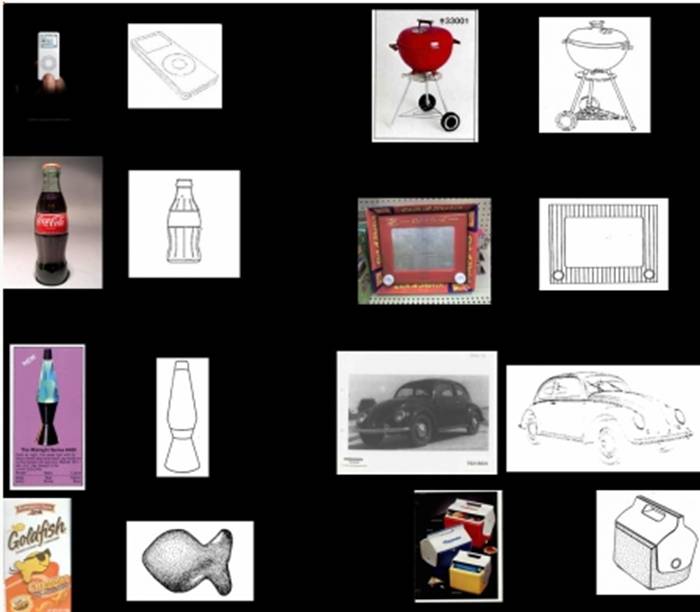I’m always troubled when I hear stories about independent designers who are ripped off by knock-off artists, large retail chains and unscrupulous exporters who take advantage of low-cost manufacturing costs to catch a free ride from a designer’s work.
Reporter Christina Binkley wrote an interesting article on this very topic in The Wall Street Journal on April 29. The article discusses how the small, independent makers of the popular Shashi bracelet saw their unique fashion accessory imitated and sold for a fraction of the cost by a large corporate retailer shortly after the product gained mass appeal.
Innovators often fall victim to this type of intellectual property theft as free riders imitate a design and exploit a cost-based advantage that erodes the original design’s exclusivity, leading to brand erosion and foregone sales. From numerous articles I have read, it seems that this happens all too often to designers, and that all they can do is throw their arms up and accept this sorry state of affairs. As The Wall Street Journal article reports, most designers believe that the only response is to keep designing and hope their new creations will keep them above water.
I’d like to offer designers another solution based on strategic knowledge of intellectual property. Designers can register and protect their designs as numerous forms of intellectual property (IP), including trademarks, design patents, copyrights and trade dress. The Wall Street Journal article mentions this fact and discusses how these IP assets rarely prevent the flood of copycats.
The Wall Street Journal article, however, does not discuss a little-known procedure that IP owners can initiate that could offer them a powerful shield in their arsenal. The procedure is IP recordation with the U.S. Customs and Border Enforcement Authorities.
The process is actually quite simple. After you have registered your IP as a trademark, design patent, copyright or trade dress, all you need to do is file a short form with Customs and pay a $190 fee. The form is extremely simple and asks the IP owner to provide a registration number, describe the intellectual property, list parties authorized to use the mark, and provide an image of the intellectual property.
To access a screen shot of the actual form, click here.
Once your IP is recorded with Customs, you may then notify the office of any suspected parties that may be importing goods that infringe your IP. Customs may then decide to seize and impound the knock-off goods at any U.S. port while it conducts an infringement assessment. Impoundment creates a difficult scenario for the alleged infringers, including the foreign manufacturer and the domestic importers, which may include distributors and retailers. The procedure creates a cost for all these parties, buys the designer precious time to retain exclusivity for their designs (especially important when the design in question ties into a current fashion trend), and sends a clear signal that the designer means business.
The Wall Street Journal article mentions that designers may send cease-and-desist letters, and this is an important weapon in the independent designer’s arsenal. However, large companies tend not to respect these letters as much as when a big corporation with deep pockets is behind the letter. For an up-and-coming designer, having knock-off goods impounded is a much stronger weapon, especially when many companies that sell imposters have those items manufactured in China or other locations overseas.
Customs provides statistics on what types of goods have been seized under this impoundment procedure. In 2009, it conducted 14,841 separate IP-related seizures with confiscations worth $260.7 million. To view the statistics, click here.
To learn more about the impoundment procedure and how you can take advantage of it to protect your intellectual property, visit the Customs website here.
Designers, please consider using this legal tactic to protect your hard work and creativity under a system of fair trade for everyone.


